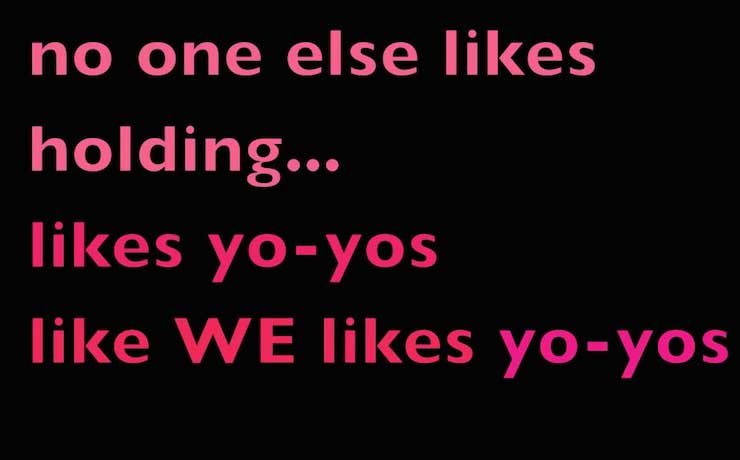Before there was Facebook, there was Bolt the social network. Before Myspace, LiveJournal, and even Xanga, Bolt was there. Bolt was an ambitious social network that began before most of us knew what social networks were or how important they’d become.
The original Bolt social network was designed for teenagers. Beginning with its 1996 launch, Bolt had everything an internet fanatic could ask for: chat rooms, message board, photo galleries, clubs (similar to Facebook groups), badges (similar to achievements), games, and so on. It gained a core of die-hard users, and eventually Bolt grew out of its teenage phase. The main user base aged as the site did, and by the time of Bolt’s closure it became a stomping ground for people in their late 20s and 30s who were still too cool for Facebook.
Not all at Bolt was always well, however. Bolt had a long and difficult history, having been through many trials including malicious attacks, inappropriate content, and moderator wars. There were many attempts to salvage the site and its community, as well as to make Bolt financially viable. Bolt was shut down and replaced by Bolt2, which was in turn replaced by a ning.com-hosted Bolt. Advertisements were introduced to help maintain the site and ensure its quality, but moderators resisted the ads and quietly deleted them. Eventually, Bolt was shut down permanently.
There are many lessons that can be learned from the successes and failures of Bolt. It is clear that one of the most important things online will always be interaction with other people, and Bolt was one of the first places for people to connect across any boundaries. Unfortunately, it’s also clear that in order to succeed, large networks like Bolt need viable revenue sources and a community that understands and supports sponsorships, advertisements and other means of income. But now with Facebook having reached over 1 billion users, is it possible for any new all-purpose social network to rise to prominence? To be continued . . .










